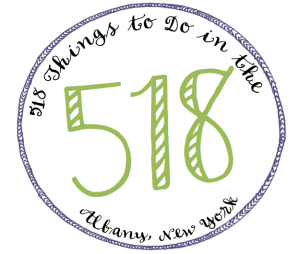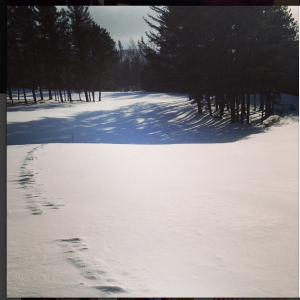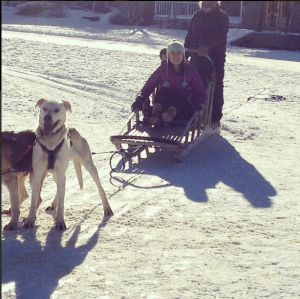Originally posted on Merck Manuals Student Stories.
“My parents abandoned me when I was five years old.” I listened intently, trying not to show the shock on my face, as the woman, about twice my age and sporting an edgy variation of a mohawk continued on. She had been drinking since her parents fed her beer in her baby bottle. She had smoked marijuana for decades. She had finally given up cocaine a month ago, “With a couple relapses,” and she was here today because of residual nose pain and bleeding from her years of drug abuse. With hours of lecture on seizure and anti-epileptic drugs to review looming over my head, this was not what I was expecting today.
For the past month, I’ve spent my Tuesday evenings shadowing a resident at the family medicine clinic, a couple blocks away from school. Before we saw the patient, the attending physician preceptor briefed us, informing us she had a complicated medical history and that her therapist had had to accompany and continually convince her, even just now in the parking lot, to come into the clinic today for her medical needs. Needing to run off to see another patient, the resident I was shadowing allowed me to gather and perform a full history and physical before she saw the patient herself. As a second year medical student, with little to no experience of working with, you know, actual real live patients, I freaked out, straightened up my short white coat, and knocked on the door.
I was nervous, but she was patient with me as I asked her questions and performed her cardiovascular, respiratory, abdominal, musculoskeletal, and neurological exams with pauses here and there as I gathered my thoughts. After finishing the history and physical, we chatted while we waited for the resident to join us. After telling me about her son, the main reason for her wanting to quit using drugs, and her trips hiking with her dog all over the state, a pastime we shared, she smiled and sighed, “You know, I was afraid of coming in here today. But you guys here are nice. You’re nice doctors.” I blushed at the compliment, not to mention her mistaking me for a full-fledged doctor.
Before coming in that evening, I was nervous about the time I would miss studying for my exam that Friday. However, all it took was a half hour with a patient who showed her appreciation for our time and a desire to better herself to help me see the bigger picture, one beyond books and test questions and one focusing on helping others.






